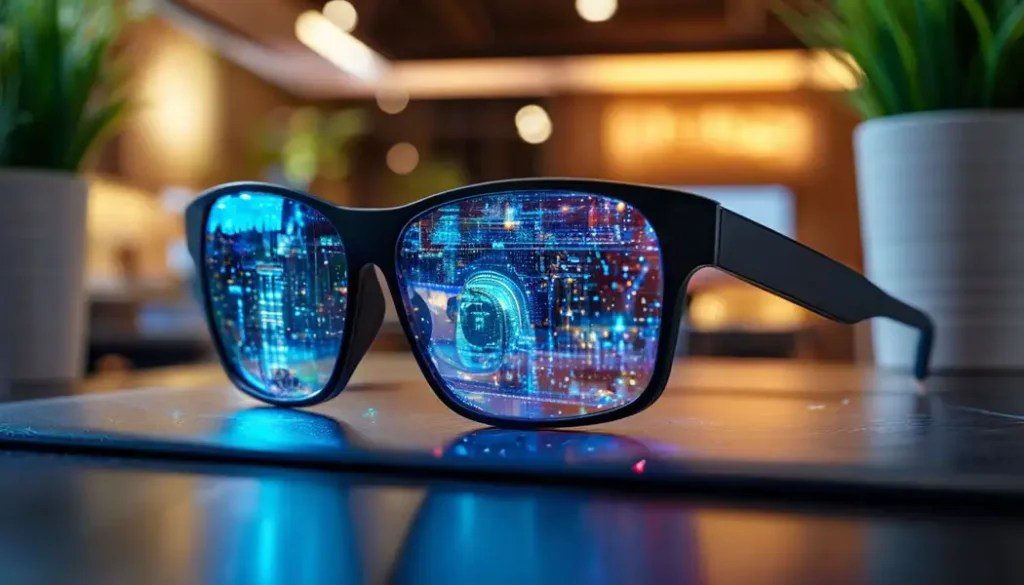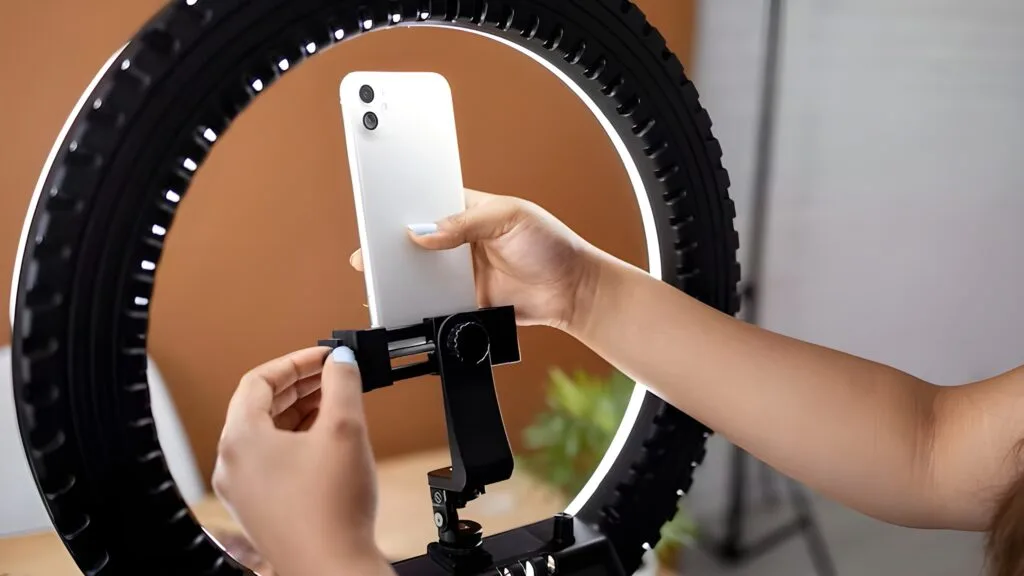Tech is always on the move. We’ve already welcomed smartwatches that track our sleep and workouts, smart speakers that answer questions and play our favorite playlists, and even smart fridges that keep an eye on what’s inside. Now, smart glasses are hoping to earn a spot in that lineup. But are they really the next big thing, or just another flashy idea that’s more hype than substance?
What’s the deal with smart glasses, anyway?
At first glance, smart glasses look like regular eyewear. Slip them on, though, and you’ll see they’re trying to do a lot more. Depending on the brand, they might show you notifications or map directions right in front of your eyes, let you answer phone calls without reaching for your pocket, or play music through tiny built-in speakers. Some even bring in augmented reality (AR), layering digital images or text onto whatever you’re looking at.
Companies like Meta have teamed up with Ray-Ban to create glasses that look surprisingly normal while adding subtle tech features. Meanwhile, brands like Xreal and Vuzix are pushing the limits on AR. Everyone’s hoping to find the right mix of useful, stylish, and futuristic.
Why smart glasses might actually stick around
One of the best things about smart glasses is how they let you keep your hands — and your focus — free. Imagine walking through a crowded city and seeing turn-by-turn directions right in front of you, or cooking dinner with recipe steps floating above the counter. You’re not fumbling with a phone or wiping your hands to scroll through instructions.
They’re already proving themselves in professional settings. Mechanics can see detailed repair guides without ever putting down a tool. Doctors can use them to stream their point of view to specialists for quick consults. These aren’t just neat tricks; they solve real problems.
Then there’s the promise of AR. Some glasses can instantly translate signs when you travel or add playful digital elements to your living room. It’s the kind of tech that, not long ago, felt like pure science fiction.
The hurdles smart glasses still face
For all their promise, smart glasses have some big challenges to overcome. Battery life is a major one. Most models last only a few hours before they need charging, which isn’t exactly practical if you want to wear them all day like regular glasses.
Privacy is another sticking point. A pair of glasses that can record video might be handy for you, but it can make the people around you pretty uncomfortable. No one wants to wonder if they’re being filmed without knowing it.
And let’s be honest: style matters. Many of these devices still look bulkier or more awkward than standard glasses. Add in price tags that often start at $300 or more, and it’s easy to see why most people aren’t rushing out to buy them.
So, game changer or passing trend?
Right now, smart glasses sit somewhere in the middle. They aren’t exactly must-haves, but they’re not just throwaway gimmicks either. The technology is still finding its footing. As batteries get better, designs slim down, and AR features become truly seamless, smart glasses could end up as common as smartwatches.
For now, they’re a glimpse of what’s ahead — interesting, sometimes impressive, but still waiting for that breakthrough moment that makes them essential. Worth keeping an eye on? Definitely. Ready to transform everyday life? Maybe not just yet.


